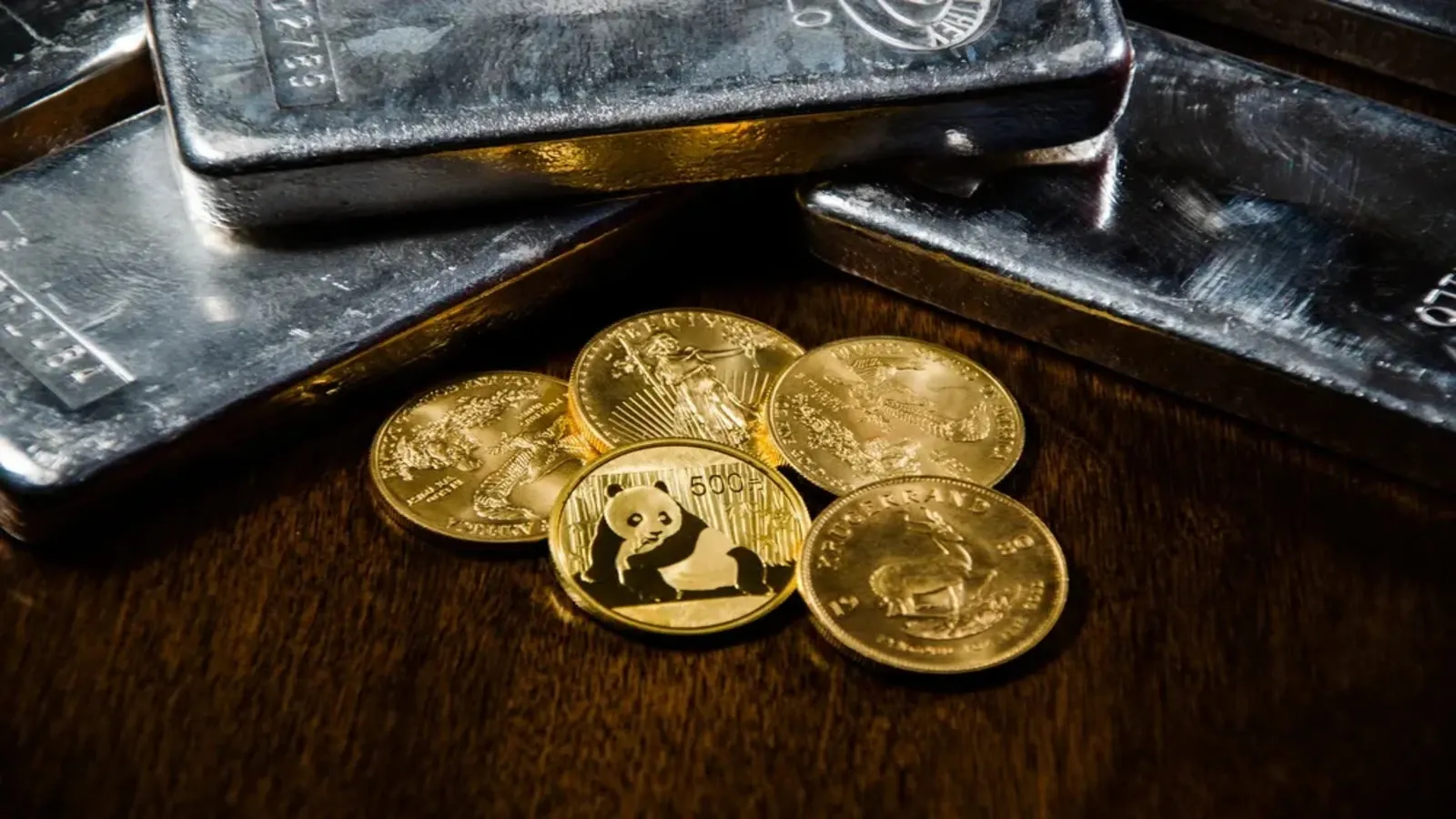Market News
Gold hits record high; silver soars over 40% in 2025: What is driving the unstoppable bull run?

4 min read | Updated on September 02, 2025, 12:35 IST
SUMMARY
As Indian benchmark indices post a lacklustre performance, gold and silver have posted a strong rally. Gold prices trade 32% higher, and silver prices are up over 40% in 2025. The rally in safe-haven assets like gold and silver is driven by concerns over uncertainty and financial stability.

Silver prices rallied ₹1,000 to hit a fresh peak of ₹1,26,000 per kilogram on Monday, September 1.
Commodity markets are hot and firing on all cylinders as gold and silver prices are soaring to new highs. Amid a gloomy outlook driven by tariffs, wars volatile currency fluctuations has led to a risk-off environment among global investors. Despite the bleak outlook, markets from the US, the EU and certain Asian economies have posted stellar double-digit returns in 2025 on a YTD basis. However, the safe-haven assets of gold and silver have outperformed every other asset by a wide margin. In the international markets, the gold prices have soared by over 32% in 2025 on a YTD to trade above $3,500 per ounce. On the other hand, silver too has hit $40 per ounce by jumping over 40% in 2025 on a YTD basis.
At the domestic level, gold prices have soared over 34% to trade in the range of ₹102,000 to ₹105,000 per 10 grams. Silver prices have gained over 42% to trade near ₹1,23,000 per kg in the domestic spot market.
Here’s how commodity prices have fared in comparison to other asset classes
| Asset class | YTD returns in 2025 |
|---|---|
| Equity (NIFTY50) | -5% |
| Gold (MCX) | +32% |
| Silver (MCX) | +42 |
| Debt (10Y G-Sec) | +6.5% |
| Fixed Deposit | +6.5 - 7% |
Source: Industry data Yearly, too, gold and silver prices have outperformed the benchmark indices by a wide margin.
Here are the key factors that led to outperformance
Hedge against uncertainty
Gold has traditionally been a hedge against uncertainty and continues to do so. At the global level, uncertainty remains high despite equity markets reflecting otherwise. The mounting debt of large economies and the worsening labour market of the US and European nations are a worrying sign for financial stability. In addition, the ongoing war in Ukraine is also at a crucial stage and continues to get worse than before. All these are a few leading factors to the gold's rally to record high levels.
Rising yields alarm of higher inflation
Global bond yields are back in momentum across the globe as inflation expectations are rising higher. The UK’s long-term 30Y bond yields rose to 5.6%, the highest level since 2000. The rising level of spending backed by high government debt is causing inflation. The current CPI is at 3.8%, nearly double that of the Bank of England’s target levels. The same scenario is present in other EU countries. Analysts and experts predict that, US too may witness higher inflation due to rate cuts in the coming quarters, further fueling a risk-off environment in global markets and thus higher commodity prices.
Rising central bank buying of gold
As central banks move away from the US dollar and add more gold reserves in their kitty, the demand for gold is expected to rise further. As of 2025, central banks are projected to buy around 1000 metric tonnes of gold this year, marking the fourth consecutive year of buying gold. According to the World Gold Council report, central banks’ active gold management has increased from 37% in 2024 to 44% in 2025, and 95% of the central banks project gold reserves to increase further. In addition, Gold is now only second to the US Dollar as a reserve asset. The dollar’s share in the reserve currency pack reducing to 47% in 2025, the lowest on record.
Rising industrial demand for silver
Among gold and silver, the latter has outperformed by a wide margin as industrial demand for silver is rising with the increasing adoption of green energy across the globe. Silver is a critical component in photovoltaic solar panels and contributes 15% of the industrial demand of silver from the solar energy sector. Apart from solar panels, Silver is also used in electric vehicles for electrical contacts, switches and batteries. The overall industrial demand is one of the leading contributors to silver’s price in recent times and is expected to remain higher in the coming years.
About The Author
Next Story

